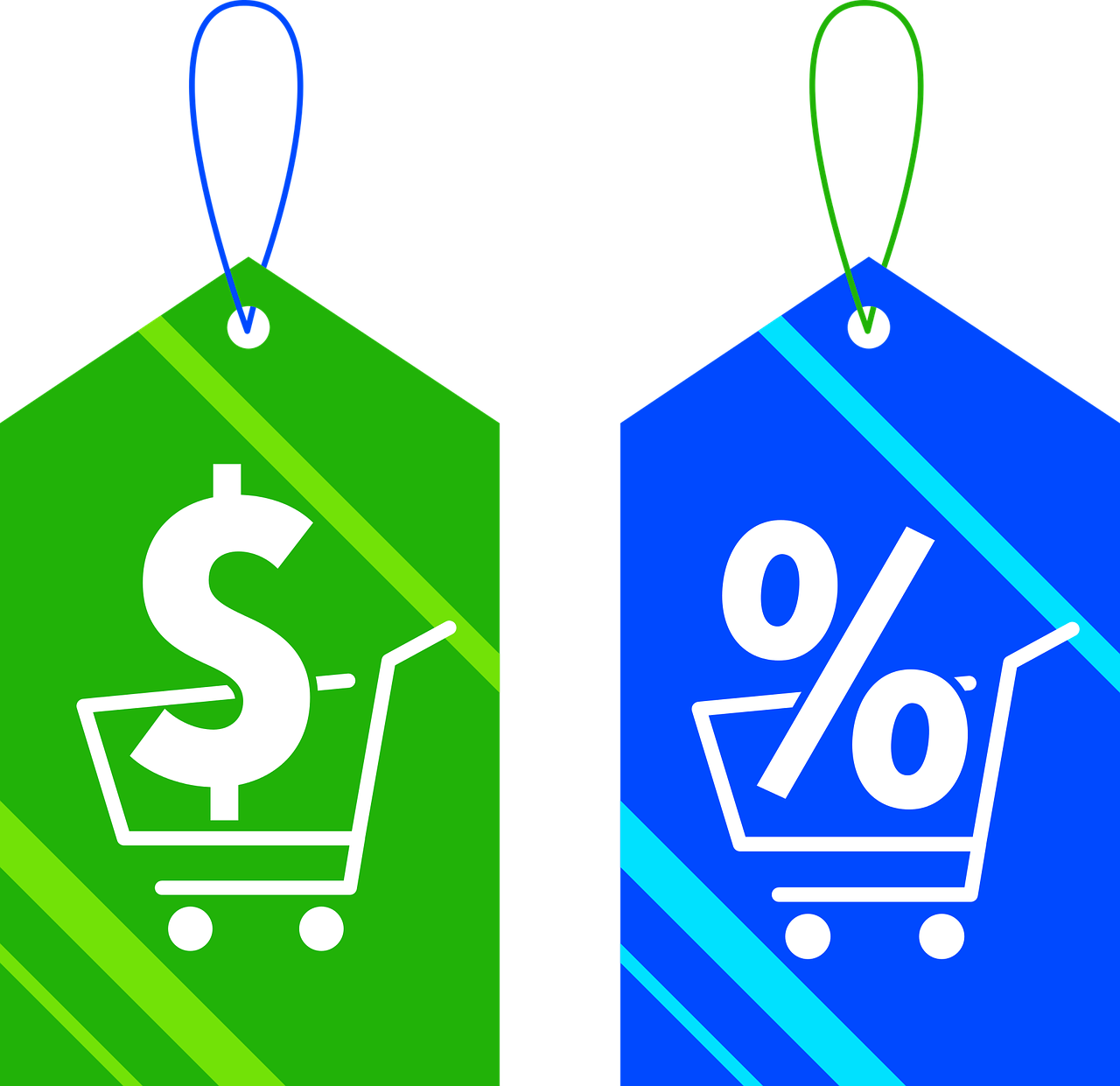Pricing is what you have left when all your other efforts fail to convey value. When the client cannot accurately tell you apart from the competition or has little to no understanding of the work you do, they will resort to price and then seek its lowest form.
Medium of exchange
When you engage in a barter economy, it can be easy to understand the medium of exchange. If I have bananas and you have car parts, we trade, and the transaction is complete. Value has been exchanged satisfactorily between two parties. If I run a banana farm, I have more bananas than I need, so obviously, I am perfectly willing to get rid of them to purchase something I do need. If you happen to own a car parts factory, you have plenty of car parts you are willing to part with, perhaps in exchange for some bananas. Everybody wins. If I have no need for car parts and you have no need for bananas, we simply do not trade.
Money, because of its universal value, creates a psychological attraction—a need. Car parts go in cars; bananas are eaten. If you have no car or are not hungry, your interest in these things will eventually go away. But money can go anywhere and get anything. It creates an emotional bond that is very difficult to break unless you can provide outstanding value that replaces that psychological need money has currently filled in someone’s mind.
How can you convince someone to part with their dollars?
When all else fails, we fall on pricing as our last resort to continue the value exchange. Pricing is one of the key psychological tricks that gets you over the finish line. You need to create a deal.
A deal is simply a mechanism for which the client feels that what you offer is worth more to them than the money in their pocket. Pricing can help shape and present specific aspects of that value calculation. Pricing enables you to communicate a great deal. Here are some simple psychological tricks to incorporate into your pricing scheme.
Smaller first digits
Our brain encodes numbers so quickly that a smaller first digit is often enough to make a price seem much less. $2.99, for example, seems a lot less than $3.00. If you put something at $9.99 rather than $10.00, the simple act of three digits is way more impactful than four digits, and that has something to do with our base understanding of numbers. Our numerical system in the Western world is based on the number 10. If you can lower the highest value, you reduce the overall value.
$2.99 $3.00
Syllables
Think about how you pronounce things, even in your head. People do not usually say prices out loud. Studies have shown that people perceive phonetically shorter prices as being cheaper. Imagine how this might work in your brain now that you are reading this. Think only about how this sounds in your head: is $11.77 a higher number than $12.99?
$11.77 $12.99
Grammar
In the United States, we use commas to note thousands. In Europe, they use a period or a dot. Remove them. Research shows that removing the commas makes the price seem lower. $1,499 versus $1499, for example.
$1,499 $1499
Visual contrast
Let’s be honest; lots of people are not good at math. When put on the spot, they mess it up, or they guess. If they are embarrassed at their inability to do the math, they avoid it altogether. If something is $100, this trick probably won’t work as well, but for anything under $100, use it to your advantage.
$20 $4 off with coupon $20 20% off with coupon
Consider these slight psychological tricks when you are trying to determine your product or service’s price. Price matters once you’ve gotten to the point where they can no longer determine what your value is against the competition. That doesn’t mean you have to settle with a price war. Give it one last good fight.




